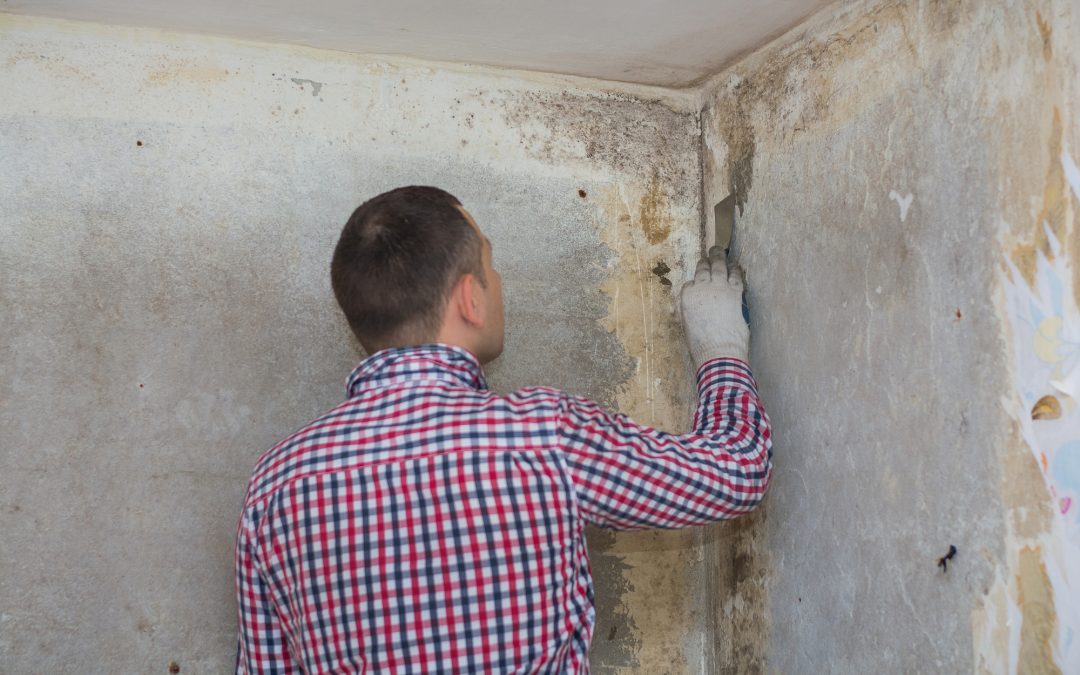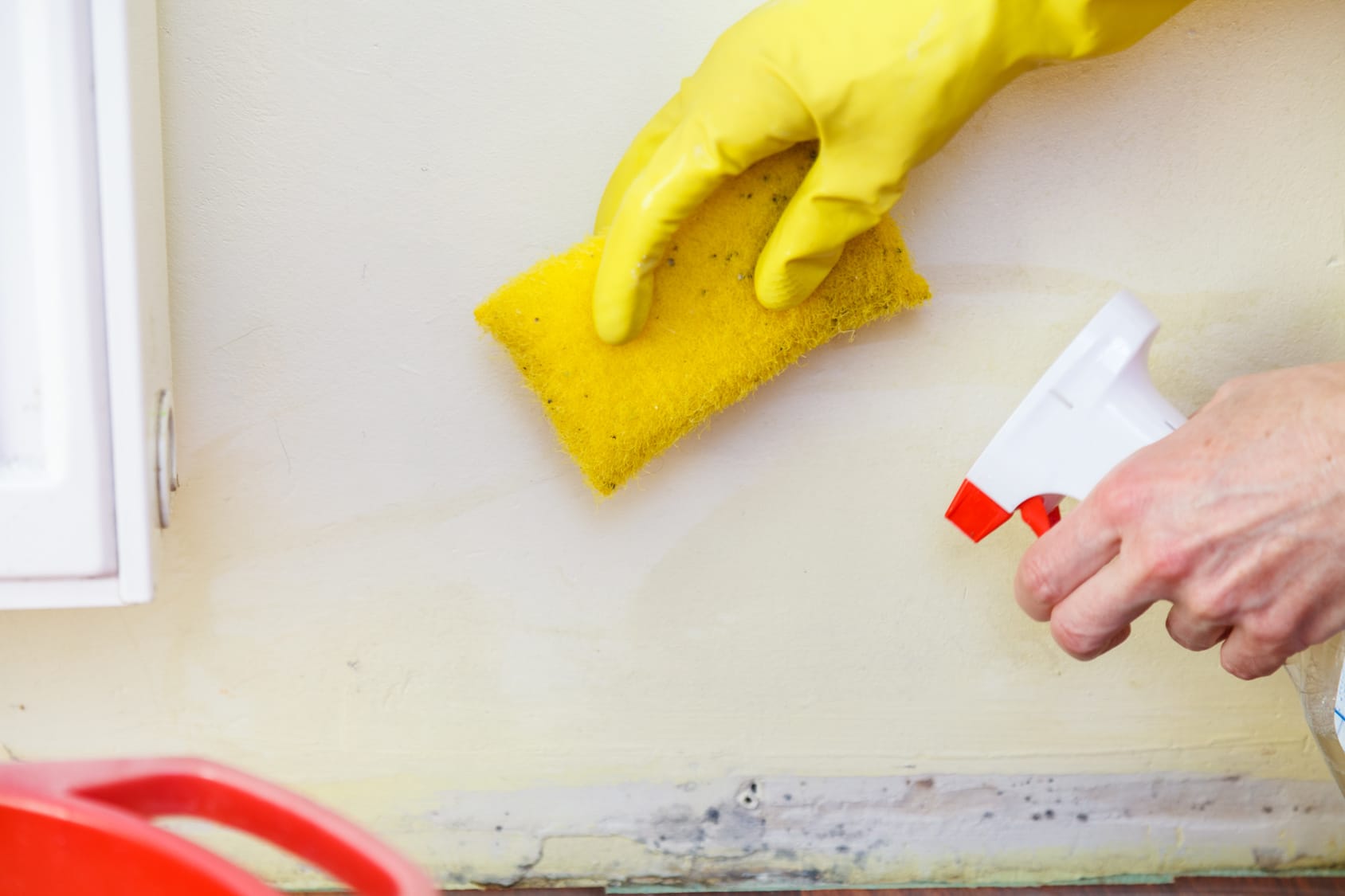Locating Post Remediation Inspection Near Me Services
Locating Post Remediation Inspection Near Me Services
Blog Article
Specialist Tips for Message Mold And Mildew Remediation Success
In the realm of mold removal, efficiently eliminating mold is just half the fight; the true obstacle exists in stopping its reappearance. Post-remediation initiatives play an important function in making sure a mold-free setting in the lengthy term. By adhering to skilled pointers and best methods, people can protect their rooms against mold revival and keep a healthy and balanced interior setting. It is in this stage of the remediation process that interest to information and positive measures truly make a distinction.
Screen Moisture Levels Routinely
After completing mold and mildew remediation treatments, preserving ideal humidity levels is critical to prevent mold and mildew re-growth and ensure a healthy and balanced indoor environment. High moisture degrees above 60% create a favorable setting for mold and mildew to flourish, making routine keeping track of an aggressive measure to avoid any type of future mold and mildew issues.
Utilizing hygrometers or wetness meters can aid in precisely gauging humidity degrees in different areas of the residential property. These tools give real-time data that allows remediation professionals to make educated choices concerning ventilation, dehumidification, and other required actions to preserve optimal humidity levels post-remediation. Furthermore, establishing a routine schedule for moisture checks, especially in high-risk locations such as cellars, bathrooms, and kitchen areas, is a proactive technique to mold and mildew prevention. By constantly keeping track of moisture degrees, homeowner can properly alleviate the danger of mold reoccurrence and keep a healthy and balanced interior atmosphere post-remediation.
Conduct Thorough Inspections Post-Remediation
Complying with the conclusion of mold and mildew remediation treatments, it is crucial to carry out thorough inspections to verify the performance of the removal procedure. These post-remediation evaluations are crucial in guaranteeing that the mold problem has actually been efficiently attended to and that there is no reappearance or continuing to be mold and mildew growth. Assessments need to be executed by qualified specialists who have know-how in identifying mold and mildew and assessing indoor air quality.
Throughout these examinations, numerous approaches such as aesthetic analyses, air tasting, and surface sampling might be utilized to extensively assess the remediated areas. Aesthetic assessments include a thorough examination of the facilities to look for any kind of noticeable signs of mold growth or water damage. Air tasting helps in establishing the air-borne mold and mildew spore degrees, while surface area sampling can identify mold and mildew particles on surfaces.
Implement Correct Air Flow Methods
After making certain the performance of the mold removal procedure through extensive assessments, the next essential step is to concentrate on executing correct ventilation techniques. Ample air flow is vital in preventing mold reoccurrence by regulating wetness levels and advertising air flow.
Appropriate air flow not only help in stopping mold development however also adds to the total wellness and convenience of occupants. By making sure ample ventilation throughout the residential property, you can minimize the danger of mold and mildew regrowth and produce a much healthier living environment.

Use Mold-Resistant Products for Services
To boost the long-term performance of mold and mildew remediation initiatives, including mold-resistant materials for repair services is crucial in alleviating the threat of future mold development. Mold-resistant materials are made to stand up to moisture and prevent mold and mildew growth, making them a vital option for locations prone to dampness and moisture. When repairing locations impacted by mold and mildew, making use of materials such as mold-resistant drywall, mold-resistant paints, click here to read and mold-resistant caulking can help prevent mold recurrence.
Mold-resistant drywall is an exceptional choice to conventional drywall in areas like bathrooms and basements where wetness levels are higher. When exposed to damp problems, this type of drywall has a special coating that stands up to mold and mildew growth also. Furthermore, using mold-resistant paints having antimicrobial agents can additionally hinder mold and mildew growth on ceilings and walls.
In locations where moisture is typical, such as bathrooms and kitchen areas, making use of mold-resistant caulking around home windows, sinks, and bathtubs can help seal out water and prevent mold and mildew from taking hold in cracks and crevices. By spending in these mold-resistant products throughout repair work post-remediation, you can dramatically reduce the likelihood of future mold issues and maintain a much healthier interior environment.
Maintain Cleanliness and Address Water Issues
Making sure sanitation and immediately resolving water problems are basic practices to maintain in protecting interior spaces from mold reinfestation. After mold remediation, it is critical to keep a clean atmosphere to avoid the regrowth of mold (what to do after mold remediation). Normal cleaning, dusting, and vacuuming can aid eliminate any type of lingering mold spores and stop them from settling and proliferating. Furthermore, keeping interior areas dry and attending to any type of water concerns quickly is crucial in mold prevention. Leaks, water intrusion, or high humidity degrees can develop the perfect breeding place for mold, so it is critical to take care of any water-related troubles quickly.
To maintain sanitation, think about using HEPA filters in vacuum cleaners and air purifiers to trap mold and mildew spores and stop their blood circulation airborne. Making certain appropriate ventilation in areas susceptible to moisture buildup, such as washrooms and find this cooking areas, can assist maintain humidity degrees in check. By remaining watchful regarding sanitation and dealing with water problems immediately, you can effectively stop mold and mildew reinfestation and preserve a healthy and balanced indoor environment.
Final Thought

In the world of mold and mildew removal, successfully eradicating mold is just Learn More half the battle; the real obstacle lies in avoiding its reappearance. After finishing mold remediation treatments, maintaining optimal moisture levels is crucial to protect against mold and mildew re-growth and ensure a healthy interior atmosphere. High moisture degrees over 60% produce a helpful atmosphere for mold to thrive, making normal keeping an eye on a positive measure to prevent any future mold and mildew problems.
To boost the long-term effectiveness of mold removal initiatives, including mold-resistant products for repair services is vital in mitigating the risk of future mold development. After mold and mildew removal, it is important to maintain a tidy atmosphere to stop the regrowth of mold.
Report this page